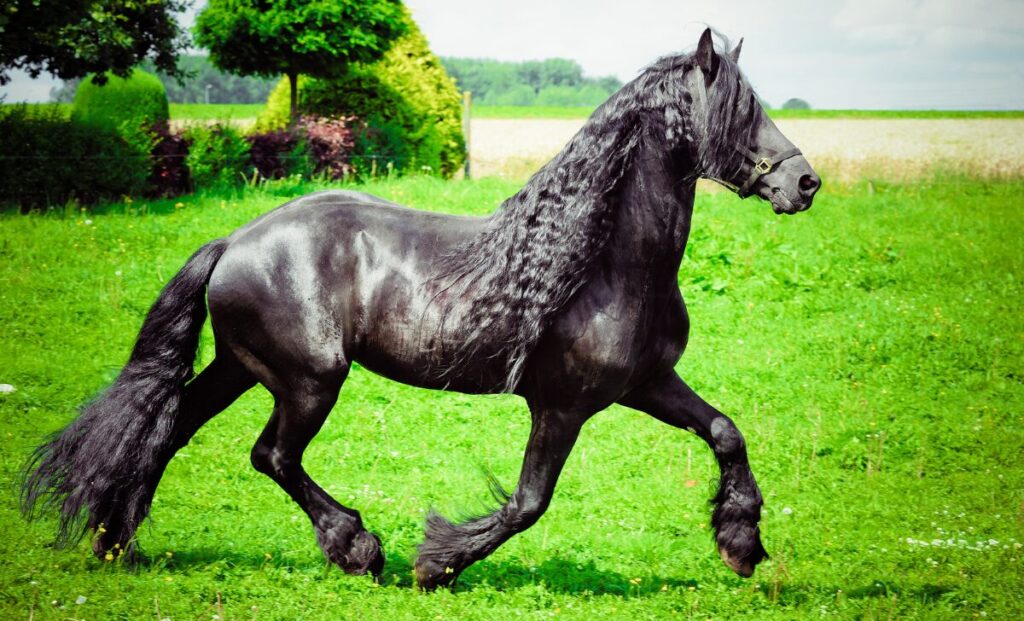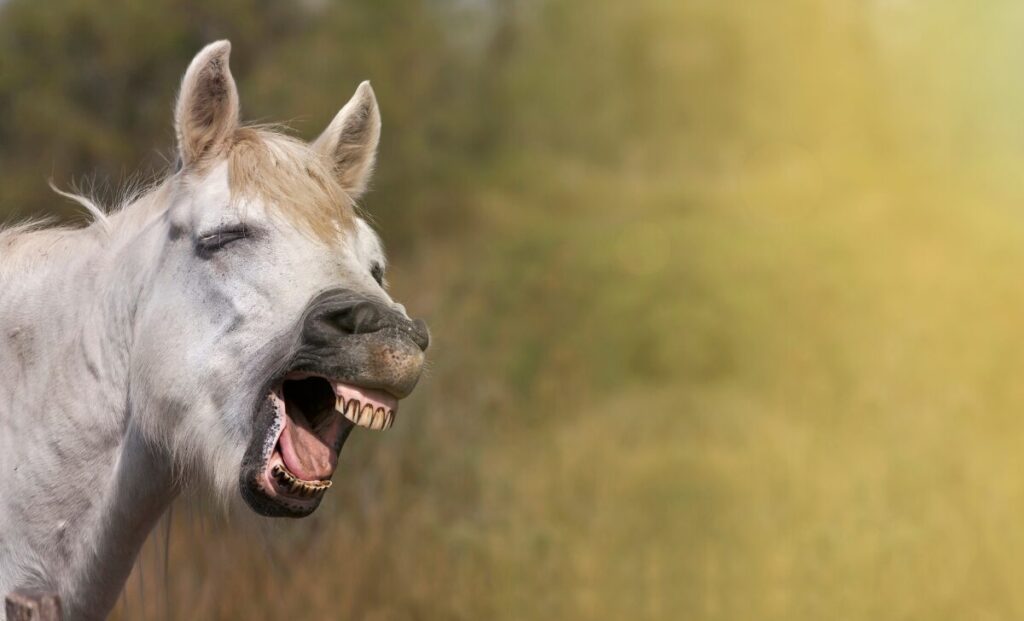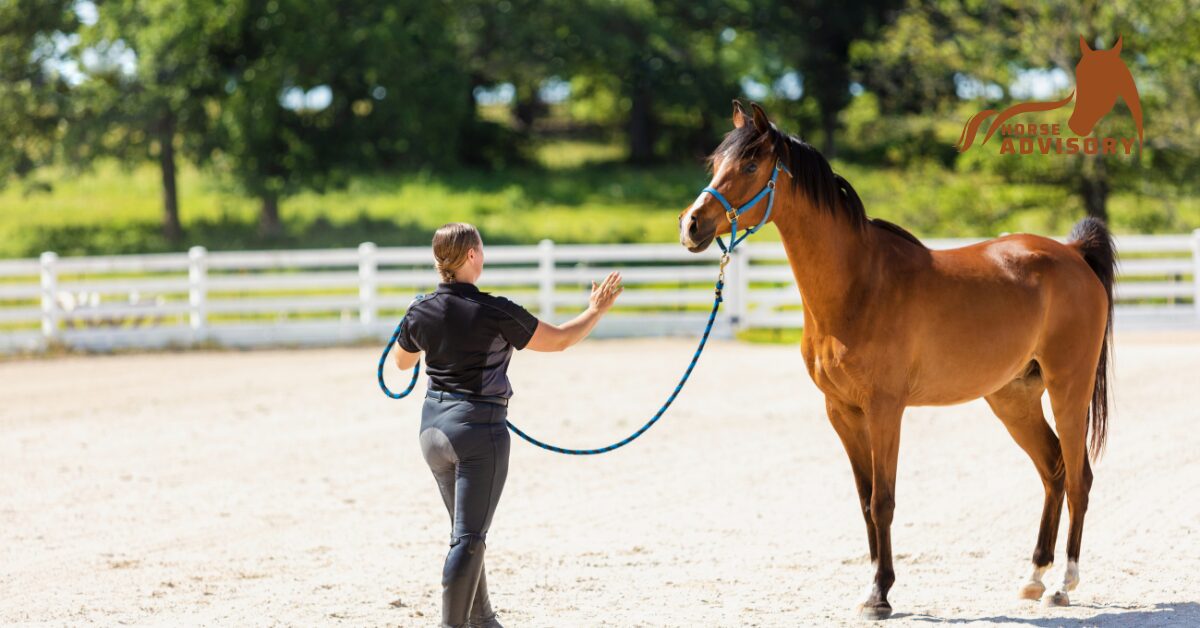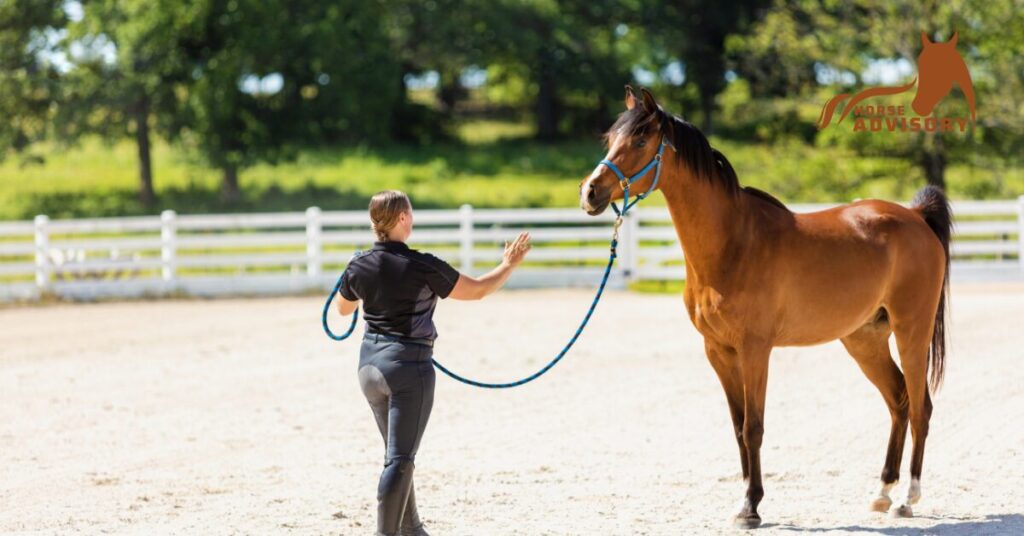Understanding and interpreting your horse’s body language and vocalizations are essential skills for any horse owner or handler. By being attuned to your horse’s behavior cues, you can enhance communication, strengthen your bond, and ensure the well-being of your equine companion. In this guide, we explore key aspects of horse behavior that can help you decipher your horse’s emotions and needs effectively.
Horse Body Language
Horses have hundreds of different ways that they use their body to communicate. Each horse is unique, so they also might express themselves in slightly different ways. The behaviors below are the most common body language signals for most horses that you should know.
Ears
The ears of a horse offer valuable insights into its mood and behavior. For instance, both ears pinned back signal anger or concentration, such as during competition. Rapid ear movements suggest stress or fear, possibly due to overstimulation.
If only one ear is back, the horse is listening behind. Ears turned sideways indicate relaxation or possible sleep, but approaching quietly is advisable to avoid startling the horse. When a horse is alert, its ears face forward.
Head Position
A horse with a lowered head typically indicates relaxation, even potentially sleeping or resting when in its stall or pasture.
When a horse keeps its head elevated, it’s usually focused on something in the distance, possibly not paying attention to nearby humans.
If a horse’s head is snaking, with its head lowered and waving side to side, it signals aggression, often stemming from feeling threatened or seeking dominance.

Lying Down
Horses lying down can be a sign of deep relaxation and trust in their surroundings. While resting on their side with their legs tucked beneath them, horses exhibit vulnerability and a sense of security in their environment. However, prolonged periods of lying down or struggling to rise could indicate health issues or discomfort, warranting further attention and evaluation.
Tail
A raised or flagged tail occurs when a horse carries its tail above the level of its back. In this position, it could indicate excitement or a lack of focus on the rider.
A clamped-down tail is a sign of stress or anxiety in a horse. Reassurance and confidence-building are often necessary in such situations.
Tail swishing serves various purposes. Slow swishing is typically for fly control, while rapid swishing might indicate anger or irritation, potentially signaling a risk of bucking or kicking.
Horse Vocal Language
Horses are known for being quite vocal creatures, with their various noises often serving as indicators of their mood and feelings. Here’s a breakdown of the most common sounds they make and what they typically signify:
- Sighing: This could indicate your horse is experiencing relief or boredom.
- Groaning: If your horse groans, it might be a sign of pain, particularly during certain actions like when riding. If groaning occurs during bathroom breaks, it could indicate a potential gut issue.
- Nickering: When your horse vocalizes with a closed mouth, it’s often a friendly greeting or a sign of happy anticipation.
- Blowing or snorting: This typically signifies excitement and a hopeful anticipation of something happening.
- Neighing: This vocalization suggests your horse is stimulated and requires attention. It could also indicate anxiety, especially if it occurs during mealtime as a demand for food.

Horse Environment
Understanding your horse’s body language requires careful observation and consideration of all its cues. Each horse has its own unique reactions to situations, so it’s essential to pay close attention and provide the necessary support and resources for your horse’s well-being.
The environment plays a crucial role in your horse’s happiness. Horses typically thrive in open spaces with ample grass for grazing. Different types of horses may have specific pasture requirements, influenced by environmental factors and weather conditions.
Choosing the right fencing is essential for creating a suitable environment. Electric fencing can often be an excellent choice for many horse owners due to its safety, affordability, and ease of installation.
Final Thoughts
By honing your ability to read your horse’s body language, vocalizations, and responses to their environment, you can cultivate a deeper understanding of their emotions, needs, and communication cues. Building a strong rapport with your horse based on mutual trust and respect enhances your partnership and fosters a harmonious relationship grounded in empathy and effective communication. Invest time in observing and interpreting your horse’s behavior, as it forms the foundation for meaningful interactions and a fulfilling equine-human bond.





